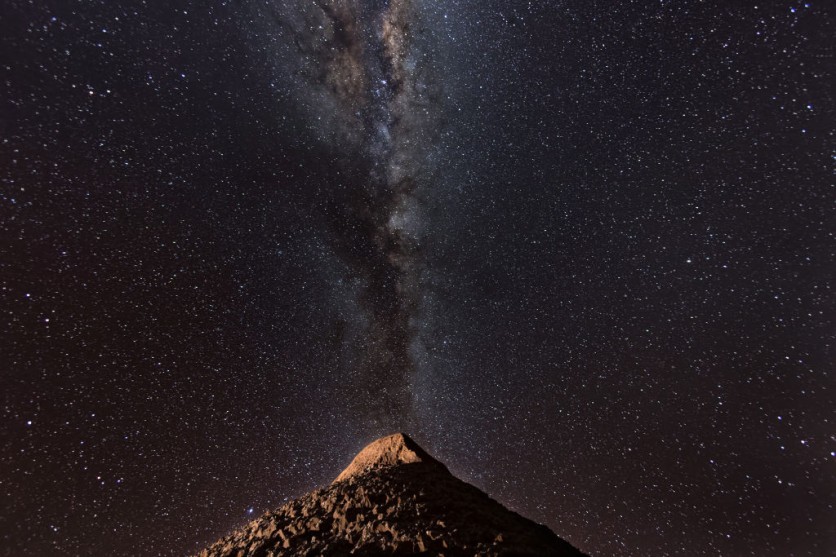A new analysis called Pantheon+ finds that the cosmos is made of about two-thirds dark energy and one-third matter. It is said to be expanding at a fast rate over the last billion years, as reported by SciTechDaily.

With this, Pantheon+ closes the door on other frameworks for dark energy and dark matter, which are two of the biggest mysteries. The results of Pantheon+ allow researchers to pursue more observational tests and find explanations for the ostensible cosmos.
The scientists are now able to put more precise constraints on the dynamics and history of the universe to date. Therefore, they are now more confident in how the universe has evolved over the years and the best theories for dark energy and dark matter remain strong.
The Pantheon+
The analysis is based on the biggest dataset of its kind with over 1,500 stellar explosions, which are called Type Ia supernovae. These bright blasts take place when white dwarf stars accumulate too much mass and undergo a runaway thermonuclear reaction. Scientists use these explosions' brightness and redshift measurements as markers of time and space.
In turn, the information reveals how quick the universe expands during different epochs. This is then used to test theories of the universe's fundamental components.
Now, the Pantheon+ team added over 50 percent more supernovae data points paired with analysis technique improvements that boosts the precision of the Pantheon. The new analysis holds 66.2 percent of the universe manifests as dark energy, while the remaining 33.8 percent is a combination of dark matter and matter.
They also combined Pantheon+ with other strongly evidenced measures of the large-scale structure of the universe and with measurements from the earliest light in the universe.
In addition, another Pantheon+ result relates to one of the goals of cosmology, which is the expansion rate of the universe.
Also Read: Dark Matter Was Minor Ingredient Of Galaxies In Early Universe
Pantheon+ Plan
The team will keep revising the Pantheon+ analysis as their project continues. They hope to add an additional 150 supernovae data points in the future and with this, their systematic errors can be reduced significantly. The expansion rate will also be pursued further in the coming years.
The team will also continue to search for cosmic signals that might appear or disappear when the universe is observed at different epochs, or at different distances and directions.
The researchers are hoping that the analysis will resolve the questions or the mysterious dark matter and dark energy, so the team will increase the sample size and make the analysis more precise. As a result, the dark universe can be better understood. Such signals will give clues and evidence on the true nature of dark energy and dark matter.
Related Article: Solar System In The Path Of Fast Moving 'Dark Matter Hurricane'
This article is owned by Tech Times
Written by April Fowell
ⓒ 2025 TECHTIMES.com All rights reserved. Do not reproduce without permission.




